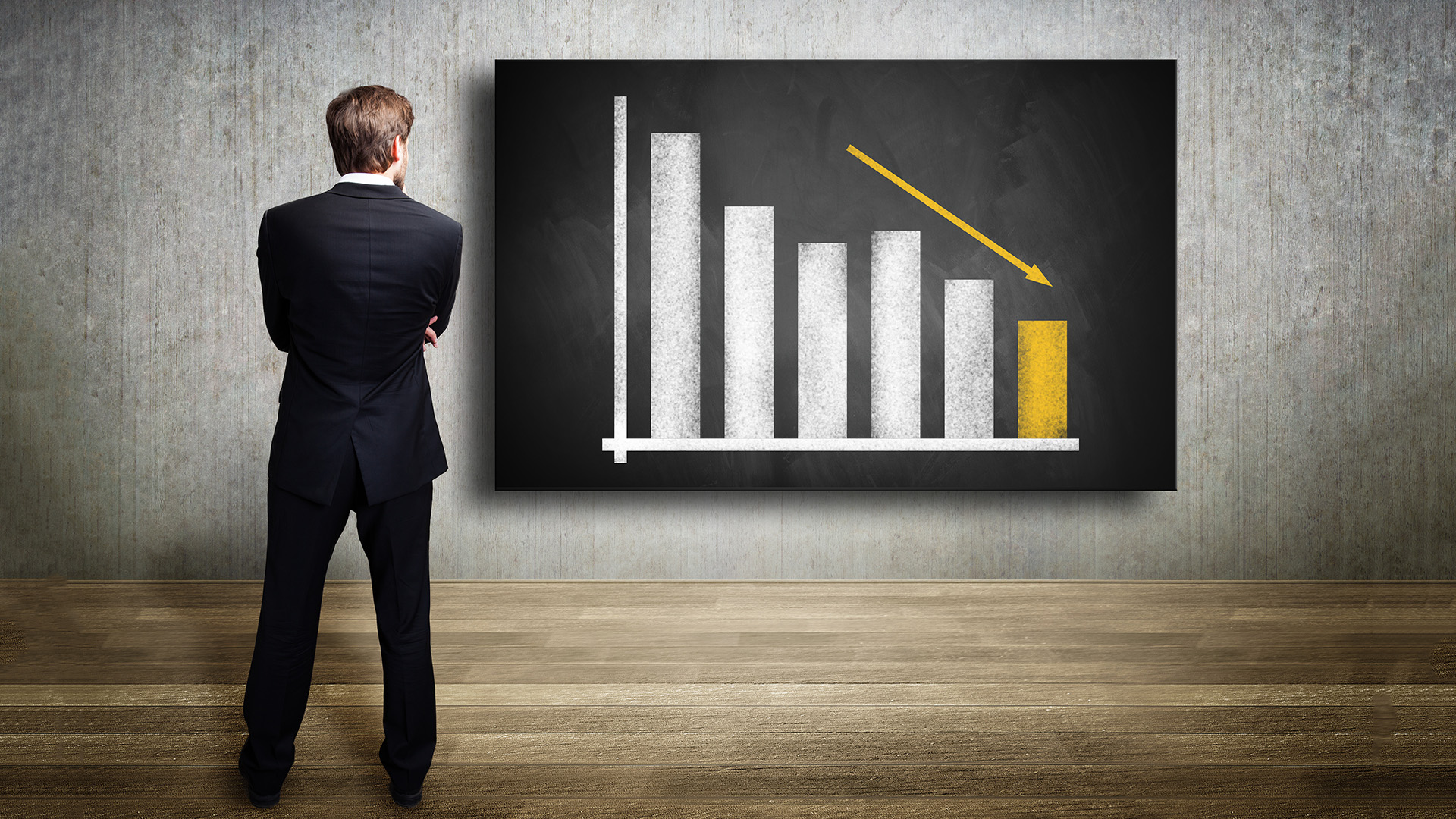The Australian labour market is starting to boom.
Full time jobs growth is continuing to grow, hours worked are rising, the number of part time jobs is falling (as many become full time) and there’s been a tiny increase in the number of people looking for work – all positives for the Reserve Bank to consider and address in speeches later today in Adelaide by Deputy Governor, Guy Debelle and Governor, Phil Lowe on Monday in Melbourne
While the unemployment rate last month was 5.6% (the same as a restated 5.6% for May (up from the 5.5% first reported) it still remains close to its lowest level in four years. The news initially saw the Aussie dollar jump a third of a cent, but then it started fading in afternoon trading here to be around 79.15 US cents. It fell to a low of 78.98 overnight and then bounced to trade around 79.50 in early Asian trading this morning.
Monthly trend full-time employment increased for the ninth straight month in June, according to figures released by the Australian Bureau of Statistics. Full-time employment grew by 30,000 jobs, while part-time employment fell by 4,000 people, underpinning an increase in total employment of 26,000 people.
The seasonally adjusted number of full time jobs rose in June, with 62,000 jobs added. May’s figures were revised up from 52,100 new posts to 53,400 jobs. Part time jobs, however, were squeezed in June, falling by 48,000 as May’s figure was revised from a fall of 10,100 jobs to a drop of 15,400.
Since September last year, there have been nearly 190,000 full-time jobs added — the kind of growth that traditionally would have driven wages growth of 3-4%, but instead wages have struggled to keep pace even with a very low inflation rate.
“Full-time employment has increased by around 187,000 persons since September 2016, with particular strength over the past five months, averaging around 30,000 persons per month,” Chief Economist for the ABS Bruce Hockman said in yesterday’s release from the Bureau.
"Full-time employment now accounts for about 68 per cent of employment, however this is down from around 72 per cent a decade ago."
Over the past year, trend employment increased by 227,000 persons (or 1.9%), which is the ABS says same as the average year-on-year growth over the past 20 years.
It has increased since December 2016, when the year-on-year growth was at 0.8% and reflected relatively low (mostly part-time) employment growth through most of 2016.
The trend monthly hours worked increased by 6.2 million hours (0.4%) to 1,691.5 million hours in June 2017. Most of this increase was hours worked by full-time workers. The rise in seasonally adjusted working hours was 0.5% which is a very big rise as well
The trend unemployment rate in Australia decreased by less than 0.1 percentage points to 5.6 per cent in June 2017.
Trend series smooth the more volatile seasonally adjusted estimates and provide the best measure of the underlying behaviour of the labour market.
The seasonally adjusted number of persons employed increased by 14,000 in June 2017. The seasonally adjusted unemployment rate remained steady at 5.6%, after the May 2017 number was revised up to 5.6%, and the seasonally adjusted labour force participation rate increased to 65.0% (the same as for the trend series of data).













